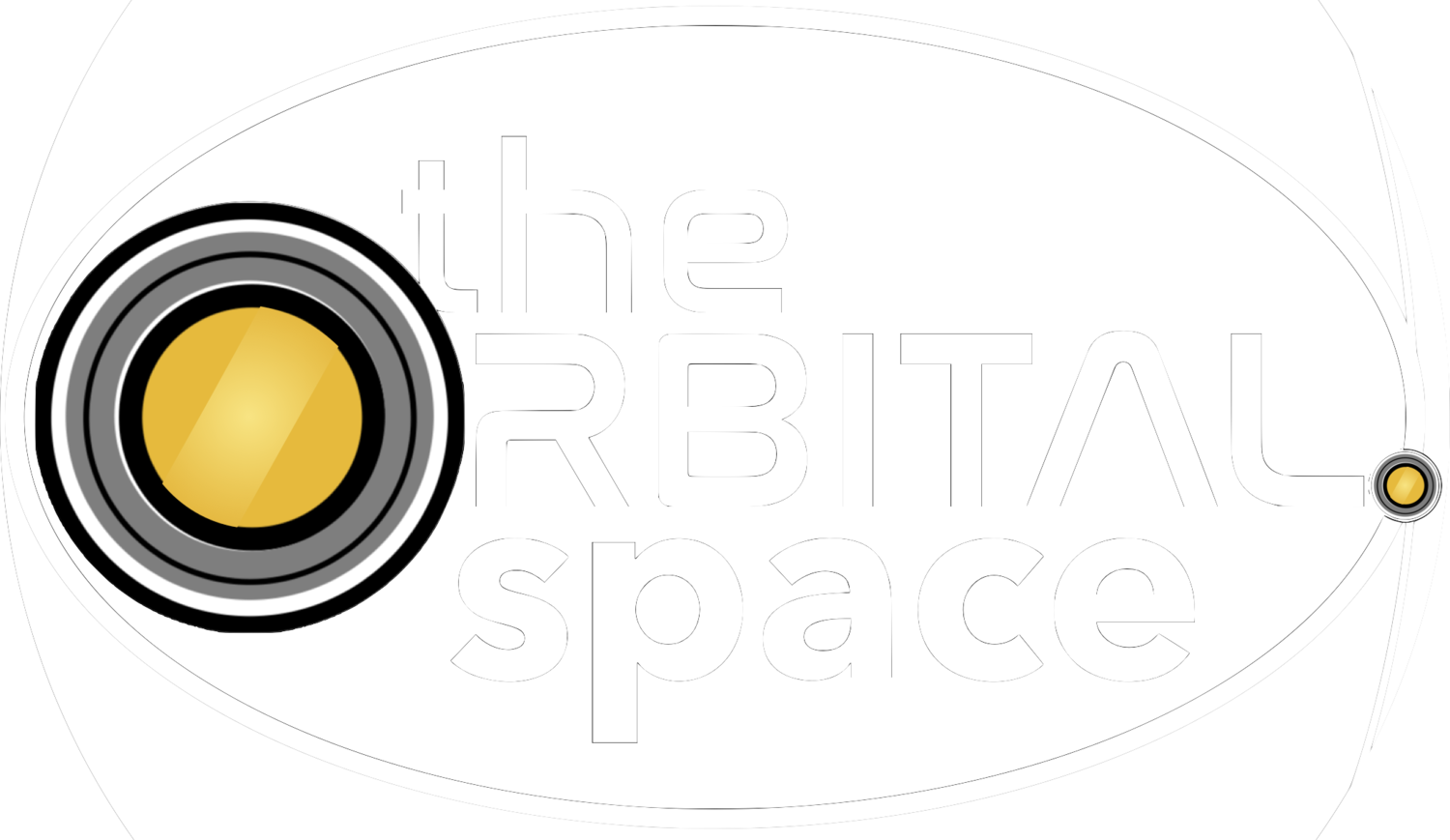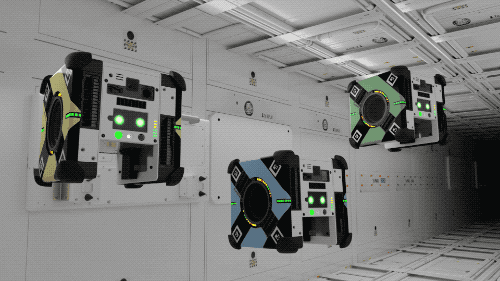Return to Gemini Program overview
Gemini IV
A Titan II rocket lifts Gemini IV into orbit
Gemini IV assessed the performance of the spacecraft and its systems during a 4-day flight, and began the process in proving humans could remain in space for the extended length of time it would take to reach the moon. The first 'prolonged' spaceflight by NASA astronauts, Commander James McDivitt and Ed White spent their time evaluating procedural standards regarding crew rest and work cycles, meal schedules, and real-time flight planning.
An aborted rendezvous attempt with second stage of their launch vehicle during their first orbit left McDivitt and White with the incomplete secondary objective of achieving the first space rendezvous. However, without radar - forcing the astronauts to rely solely on their own visual depth perception - the undertaking was abandoned in order to allow for the more important objective:
NASA's first extra vehicular activity (EVA)
Attached by a 25 ft. umbilical tether, which provided oxygen and communications capabilities to his spacesuit, and using a Hand Held Self Maneuvering Unit (HHSMU) to steer his way around the craft, Ed White became to first American to completely depart from his vehicle while in orbit. Following a total of 23 minutes, and a good bit of coaxing by both McDivitt and Houston Capsule Communicator (CAPCOM), Gus Grissom, on the ground, White finally conceded to "get back in" his spacecraft just as their orbit reached Earth's night side. On having to end his spacewalk, White stated: "It's the saddest moment of my life."
The remainder of their time in orbit consisted of a number of scientific experiments. One such experiment tested the feasibility of using a sextant to measure their position relative to the stars, and its potential application for future lunar flights. Others included the photography of Earth's weather and terrain, the measurement of radiation within the spacecraft, as well as two medical experiments involving exercise and the heart rates of the two astronauts over the course of the entire mission.
“I feel like a million dollars!”
Ed White (L) and James McDivitt (R)







